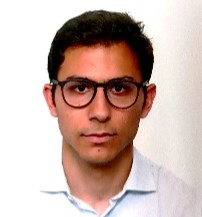Digitally Assisted Design for Safety

Watch the replay of the Capella Webinar (September 14th, 2023)
Digitally Assisted Design for Safety
Is your system robust to the loss of one or more functions? Does your system require interaction with other systems to operate safely?
Does the design and operational concept of the system include contingency means? Do these contingency means correctly mitigate the risks?
These and other similar considerations are becoming more important with the emergence of autonomous systems and complex systems of systems. The introduction of digital tools and in particular model-based systems engineering allows to capture the complexity of these products starting from the operational analysis and supporting the process throughout the whole product life cycle.
With ATICA, system architects and designers will be able to analyze safety implications starting from the conceptual needs and mission description; modeling risks associated to the system, assessing the probability of occurrence and severity, and deciding upon the needs of contingency and mitigation means. ATICA enriches the Arcadia framework and provides safety analysis capabilities for each step of the system definition, design, and verification process.
In this webinar we will address an example with an autonomous vertical take-off and landing (VTOL) vehicle, conceived for operation in urban environments (urban air mobility). We will present the operational description and system architecture, and we will conduct the Functional Hazard Analysis (FHA) directly from Capella and aligned with the normative standards in force in the aeronautic industry (ARP-4761 / ED-135).
Finally, we will introduce safety analysis covering the logical and physical architecture levels, showcasing the use of Capella, Arcadia and ATICA for Fault Tree Analysis (FTA) and Failure Modes and Effects Analysis (FMEA).
Presented by:
 Pablo López Negro - Chief Innovation Officer at Anzen Engineering
Pablo López Negro - Chief Innovation Officer at Anzen Engineering
Pablo López Negro is the product owner of ATICA MBSA. He has been involved in the aerospace industry for nearly 10 years. Started as guidance, navigation and control engineer where he first discovered model-based / model-driven approaches and Capella. Then he evolved towards a system engineering position before becoming MBSE specialist and designer/developer of MBSE frameworks in Anzen.


